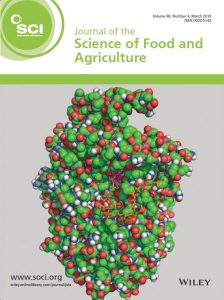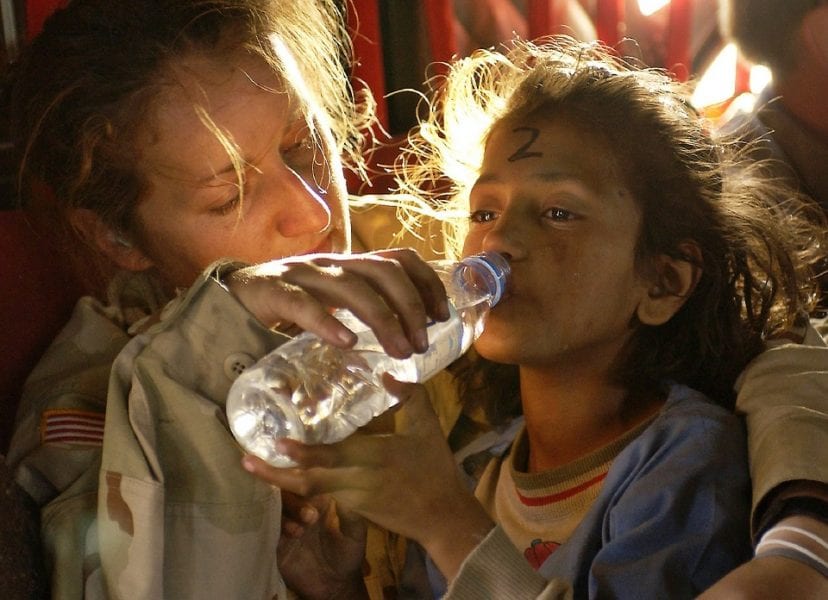The U.S. Institute of Medicine and the World Health Organization have developed strict guidelines for food products transported to those individuals in emergency disasters. These specifications include nutritional content, shelf-life stability, sensory characteristics, processing, packaging and costs; all of which depend on the demographics and specific nature of the emergency disaster.
When previously designing Emergency Food Products (EFPs), the “trial and error” method has been adopted. Although this has provided adequate EFP s, this was a lengthy and very time-consuming process, with the product designer often having to compromise on some of the predefined specifications.
s, this was a lengthy and very time-consuming process, with the product designer often having to compromise on some of the predefined specifications.
Linear Programming (LP) was successfully used by Arasb Dabbagh Moghaddam to design a high-energy, nutrient-dense prototype for an EFP with an easily adapted formulation, depending on the situation. This mathematical modeling technique is used to optimize several variables in order to achieve an objective, subject to restrictions called constraints.
With 3.2 million tons of food being sent from the World Food Program to 76.7 million people globally in emergencies in 2015, a highly efficient and adaptable model to design an optimal food product is essential. Linear Programming should be adopted in more situations that require an optimal product but that have many variable criteria.
Find more cutting edge research on discoveries in Food and Agriculture in Issue 4 of the Journal of the Science of Food and Agriculture.

















